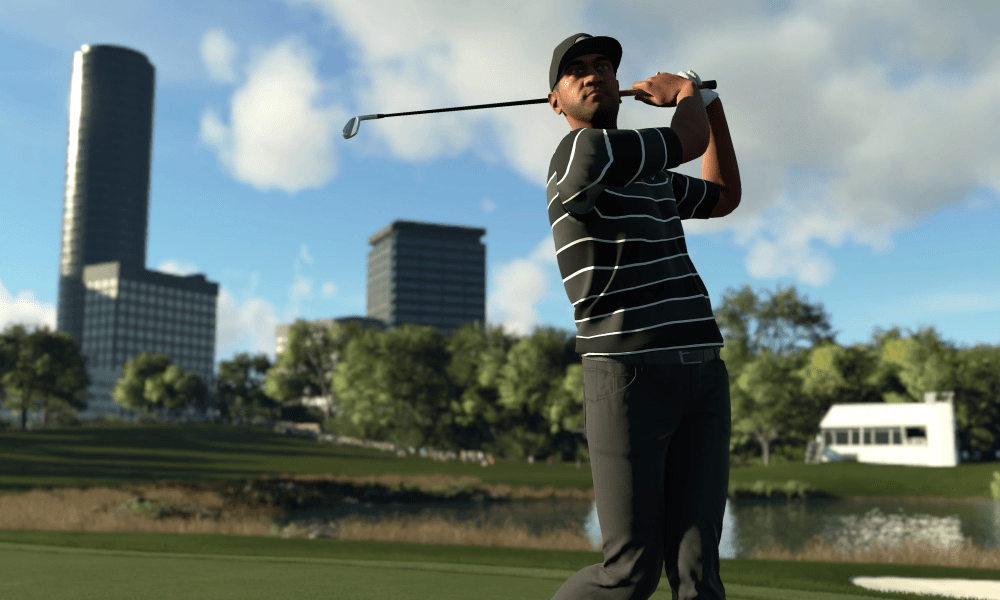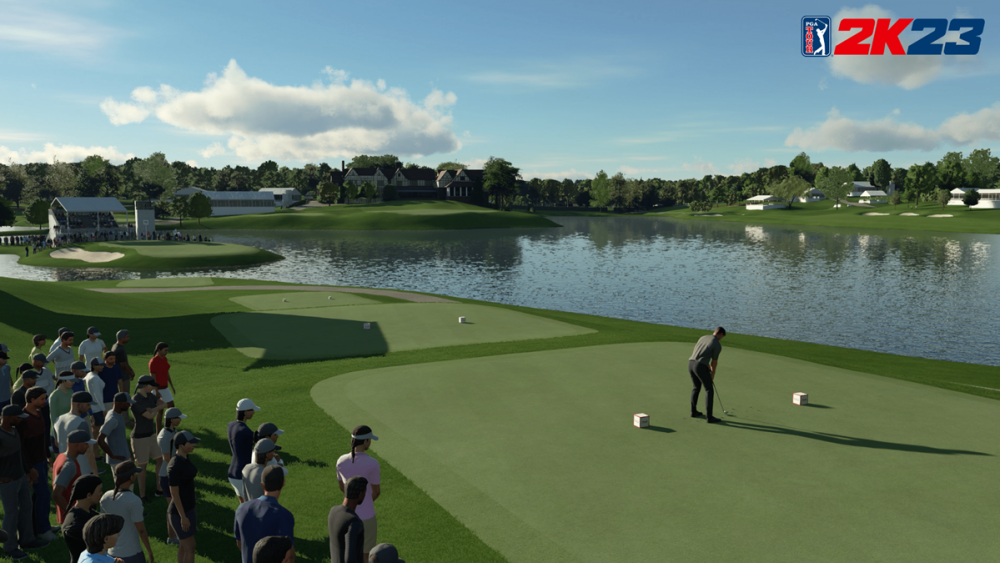
Golf is a sport that combines several elements. Power, accuracy, touch, you name it. With PGA Tour 2K23, the ball physics are on point and realistic, and it’s because of these physics that some gamers might struggle getting the right touch.
Just like with real golf, iron play can be essential to your success on the golf course. This is especially true if you feel like you’re having trouble putting in 2K (this has for years been an area where players have had difficulty). Good iron and wedge play can save you the trouble of leaving yourself with a tough putt and that’s what we’re tackling today.
Choosing the right club is one step, and a very important one at that, but there are a few other things you need to keep in mind. This not only goes for approach shots but for tee shots on par-3s as well (unless it’s a long one where you need to pull out a wood or hybrid). Hopefully these simple pointers will help you stick more flags out there.
Put Backspin On The Ball
One of the iconic and most textbook ways to go about sticking the flag in golf is by utilizing backspin on your iron shots. Although it can seem slightly complicated at first, you can do so in PGA Tour 2K23, just don’t expect mid-ball flight spin control like in the EA Sports games.
The key here is hold the L1 button (if on PlayStation) and then pull down the right analog stick. This will ensure that the ball will have backspin when it lands. Now, as a warning, doing this will shrink your sweet spot window so you’ll have to be more accurate with your swing.
Also, the ball is not going to roll back the way you think it should. Sometimes it won’t roll back but will still prevent the ball from rolling away on those greens depending on what club you use (wedges could roll back but normally not irons). It’s like an anchor preventing your ball from sailing away. Sometimes it does roll back but it basically depends on the course and greens you’re dealing with. In any case, it does its job beautifully. All you need to focus on is hitting as accurate a shot as you can.
Drawing And Fading Shots

Funny thing about this is that drawing and fading is typically most effective with tee shots on par-4s or par-5s. However, in PGA Tour 2K23 they can actually help you with your iron shots, too. In order to draw or fade, hold the L1 button and then move the left analog stick either to the right or left.
The goal here is to position your golfer to the right or left of the flag and then draw or fade accordingly. This will make your ball curve towards the flag mid-flight giving it a chance to get close. Pay attention to the slope of the green you’re aiming for as well. If you know where the ball is going to roll once it lands, this can also benefit you with this strategy.
Another thing that’s nice about this is that your sweet spot window remains the same on draws and fades and doesn’t shrink. This is useful when you’re playing online, which is defaulted to the “Pro” difficulty. Feel free to head the driving range and work on your draws and fades with irons and wedges before your next round.
Paying Attention To Environmental Details

This is most definitely a signature aspect of golf strategy. The majority of the sport is all about reading the environment like a book. You need to get a feel for things like the wind, where your ball is sitting (is it above, below, or level with the green on your approach shot?), reading greens, and so on are all essential.
As far as iron play goes, we mentioned one thing already and that is to see where the green is on your approach shot in PGA Tour 2K23. If the green is elevated from where you stand, then you’ll want to make sure to club up once or twice at least. If the green is below you, then club down. Doing this can be the difference between sticking your shot close, leaving it short of the green, or overshooting it.
We also mentioned the wind, which is also important. Now, wind in 2K is not as strong as in EA Sports PGA Tour but it still can have an effect, even if it’s a little bit. The bottom line is it’s a similar situation here: club up if the wind is high and facing towards you or club down if the wind is going forward. If the wind is light, then you don’t have to really worry about it. Between 6-10 MPH is where you’ll likely start to notice a difference.